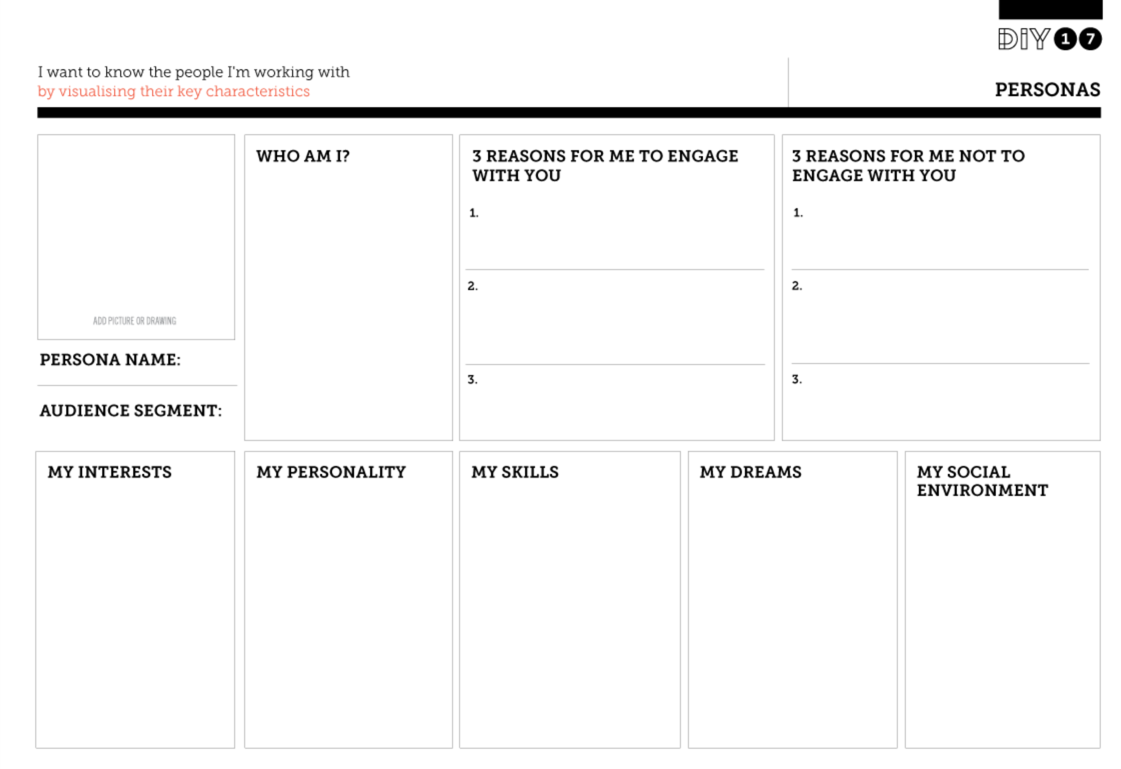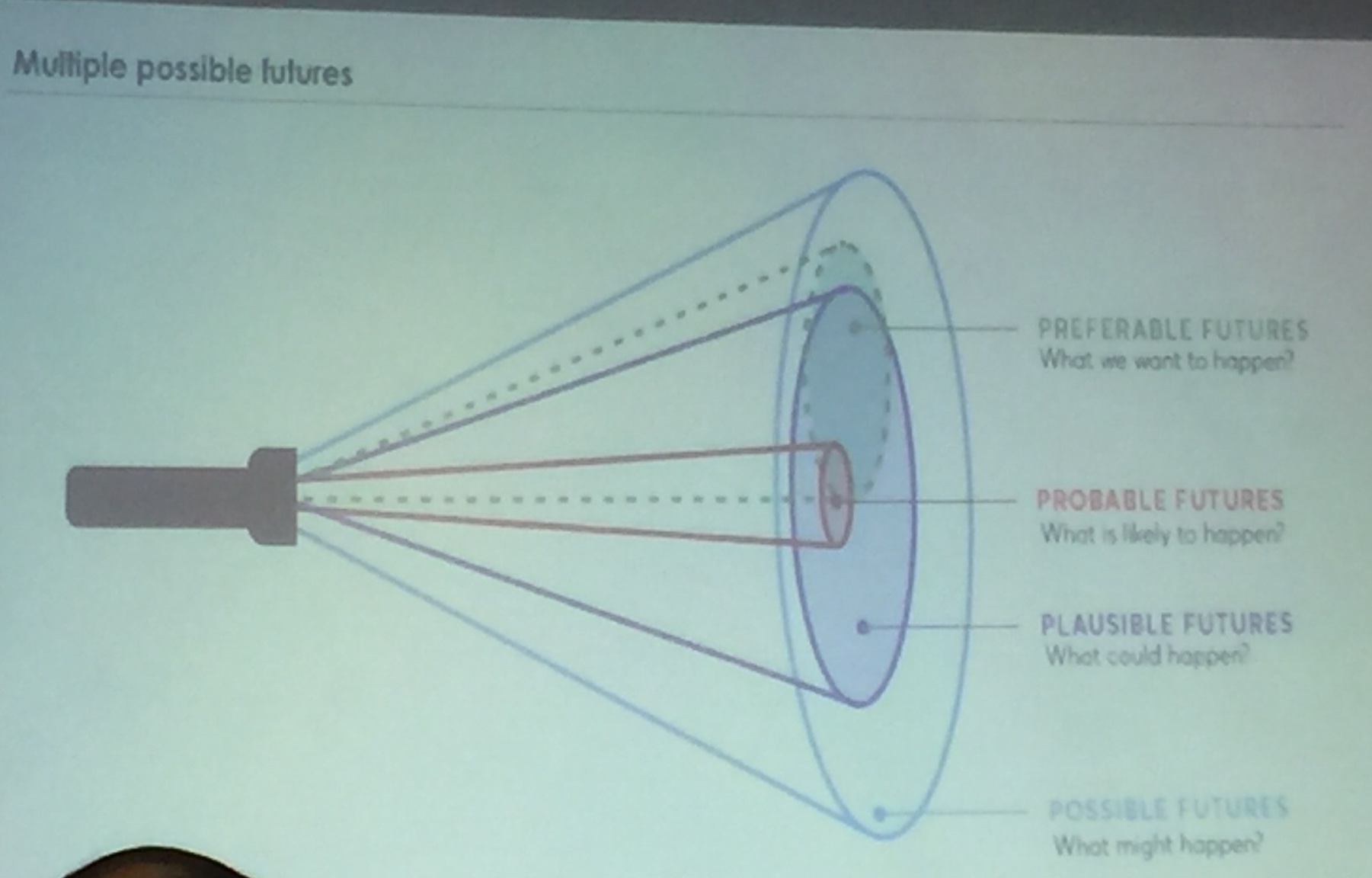Today I finished a two day workshop on innovation skills and culture in workplace delivered by Nesta. They are a UK firm work on innovation for public good and promote designing innovative solutions through content creation and helping create the learning experience within organizations. Here are few noteworthy points.
There are many definition of innovation existing out there. The core concept is when an idea gets into successful implementation which in turns produces values.
Like many other practices, innovation need to have these components: principle, process, methods (or techniques) and tools
The entire process can progress through more or less the following steps:
- find an opportunity
- generate ideas
- develop and test the idea
- make the case (maybe through prototype)
- deliver and implement
- grow and scale
- measure the impact of change
These steps need not be in the sequence. There are many methods out there when it comes to exploring innovative solutions. These can be categorized into Venn diagram of intersecting areas: talent, intelligence space, creation space, technology space.
principles
Each of element at one pole pair with its counter part on the opposite pole: i.e., problems vs solution, systems vs people, fact vs future
As for the tools, nesta as designed good DIY tools also designed courses around them. There is also Canvanizer that helps you fill these templates.
our project:
In order to practice with these principles and tools, the room was divided into teams each selecting one of the development areas like: Islamic finance, health, infrastructure, water and energy and education.
I joined the team on water and energy. We started to brainstorm various ideas to narrow our problem. We finally agreed to work on the problem of how to reduce the consumption of water in irrigation as currently it is eating up more than 70% of total water consumption.
One of the great tools is to build a persona of the main character and dig deeper into this character. Often you can extract only tip of the iceberg from what people do or say, however, much more elements are hidden deeper into goals, dreams, aspirations, motivations and values. Persona tool from nesta helps to surface some of these roots.

So, we imagined the persona of a farmer whom we want to work with to reduce water consumption for his irrigation projects and went on to dig into some of his hobbies, goals and aspirations in life.
the power of re-framing
Another helpful tip was to attempt to re-frame a problem which might be easier to handle. So, we re-framed our problem of excessive water consumption in irrigation to changing food habit with objective to depend less of plants, and thus reduce water consumption.
With this new problem we started to generate ideas. Here came the very useful nesta tool called fast idea generator.
 nine tips to generate ideas fast
nine tips to generate ideas fast
These nine types of tips to generate ideas are awesome. We started to pour ideas. One colleague threw an idea under the exaggeration generator that read eat insect. We thought it would be fun to pick this idea and explore further with next steps.
Eating Insects!
Now that we narrowed down our project, we went on to find supportive evidence and facts. Sure enough we found many articles supporting the idea with all kinds of nutritious facts and recommendations by organizations like FAO.
When working with evidence we are limited by the notion of bounded rationality. That means our decision is limited by: a) information b) cognitive c) time limitations.
Next, we need to test the idea with a prototype. We imagined ourselves owners of a restaurant that serves among other things insects, and we wanted to test the reaction of our customers to insects dishes.
 Come and dine free in our insect delicacy restaurant
Come and dine free in our insect delicacy restaurant
Our prototype was good in the sense that it revealed certain cultural traits in our intended segment of customers. Despite nutritious facts and benefits of eating insects, we must realize that in the Middle Eastern cultures -as opposed to for example China, Thailand or Korea- insects will remain a disgusting and filthy subjects, hence if must then we better process the insects in other forms -like flour- to introduce in this region.
This experiment let us realize that there could be multiple versions of future.

“innovation matures talk good ideas, innovation experts talk testable hypothesis” - Micheal Schrage
Conclusion
Overall the workshop was great and the toolkits opened up doors for more structured approach towards innovation in workplace. What remains extremely important is that these tools are agnostic about what content you fit into them. Hence, if you feed these nice tools with garbage, you do not expect breakthroughs.

